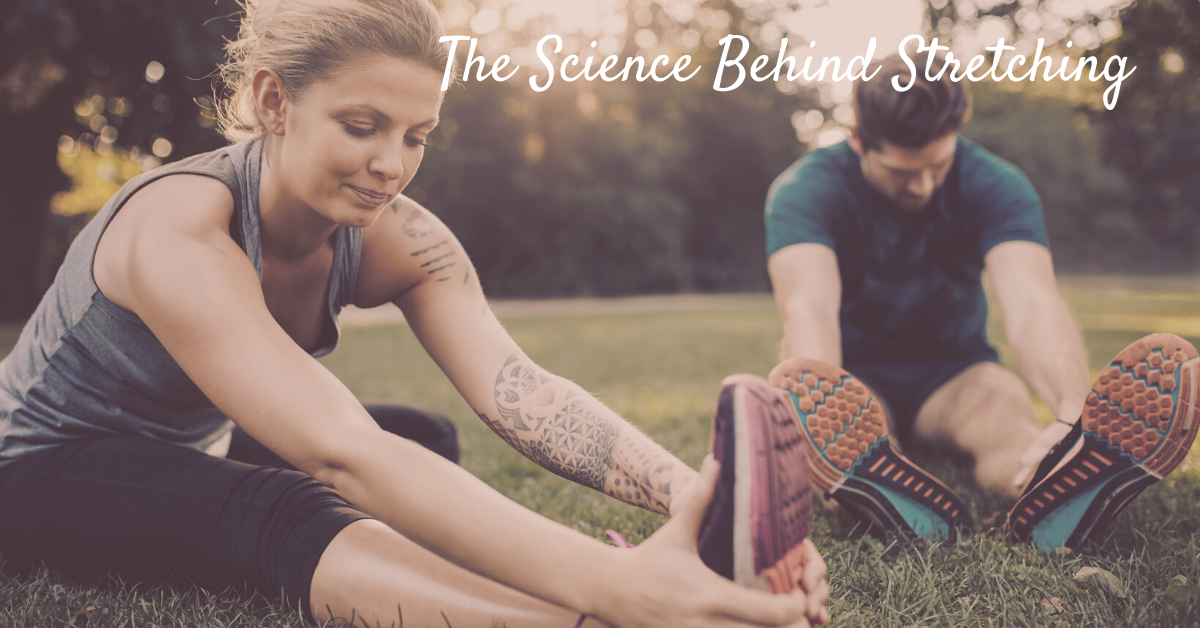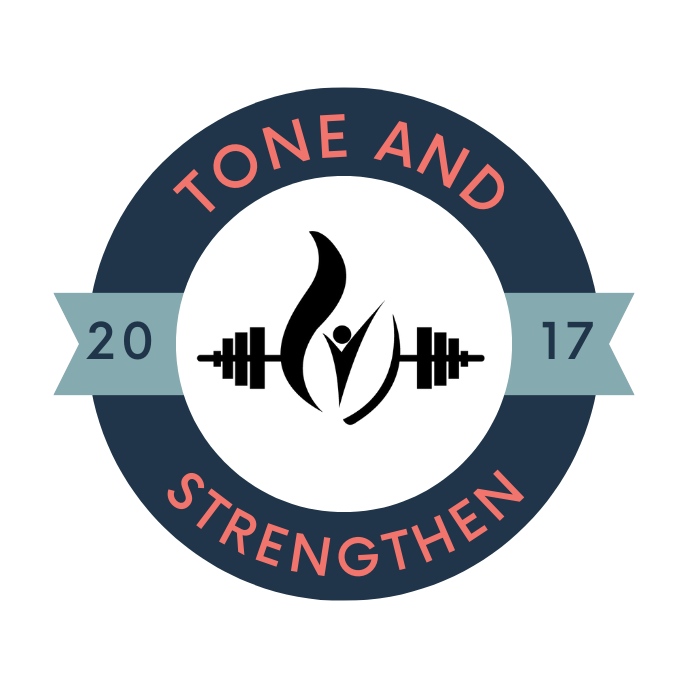
The Science Behind Stretching
Sitting on your desk too much, piling up weekly mileage running or cycling, lifting weights, or maybe you have just settled into sedentary postures. We have all engaged in some form of stretching to reduce stiffness and pain. Before I became a personal trainer and attended graduate school, my idea of flexibility was similar to Gumby’s elasticity. I am pretty sure I am not alone. Muscles are not at all like rubber bands or Gumby.
Stretch is when the muscle fibers and tendons are extended and lengthened, leading to increased joint range of motion (ROM), decreased muscle tightness, increased muscle length, and better circulation. There are many different types of stretching. This blog post is discussing the static stretching technique. This type of stretching technique is considered safe for inactive or untrained individuals.
Muscles and Range of Motion
To make the case in favor of stretching, it doesn’t actually lengthen your muscles permanently but trains the nervous system to tolerate a large degree of muscle extension. In the long run, it improves your movement pattern and muscle firing. The nervous system is responsible for pain tolerance.
Each individual has a different ROM. A big misconception about static stretching is that muscles are in charge of our ROM. They are not. Skeletal muscles assist bone and joints, which determine the ROM. Human movement is dependent on the amount of ROM available in synovial joints. ROM is dictated by two anatomical units: joints and muscles.
Human movement is dependent on the amount of ROM available in synovial joints. In general, ROM may be limited by two anatomical entities: joints and muscles. There are various factors for reduced joint ROM. Tight muscles is one of the reasons. Muscle tightness can be the result of active or passive reasons. Passively, muscles can become shortened through postural dysfunctions and habits. Actively, muscles become shorter because of spasms.
How Does Static Stretching Work?
Mechanically, static stretching affects the viscoelastic component of the neuro-myofascial tissue. Muscle tightening involves the viscoelastic properties of muscle and connective tissue and the neurological reflex and voluntary components of muscular contraction.
Golgi tendon organs (GTOs) are proprioceptors that are located in the tendon’s junctions. The GTO sensory ending is enclosed in connective tissue. GTO sends force information to the spinal cord, where interneurons receive input from the brain that specifies the amount of force that a muscle should produce. If the muscle’s force level exceeds a set point for muscle, the GTO inhibits that muscle from having that much force.
When we lift weights, the GTO is the sense organ that tells how much pressure the muscle is applying. If there is too much load on the muscle, the GTO will inhibit the power from creating any force. This is a protective mechanism of the body to prevent the muscles from injury.
Static stretching is another example of how muscle tension creates a GTO response. When a stretch is held for more than a few seconds, the increase in muscle length activates the GTO, which briefly stops muscle spindle activity which allows the muscle to stretch more.
Closing Thoughts
Neurologically, stretching a muscle to its end ROM increases the stretch tolerance through the inhibitory effects of the GTO. Most research has shown that regular static stretching does not produce adaptations in muscle architecture. Every person has a healthy ROM of their joint. Taking your joints and muscles beyond a healthy ROM and hyperextension of the joints can lead to osteoarthritis and other joint issues. Stretching should be pain-free. It’s best to avoid stretching beyond a slight lengthening sensation in the muscle.

This Post Has 0 Comments